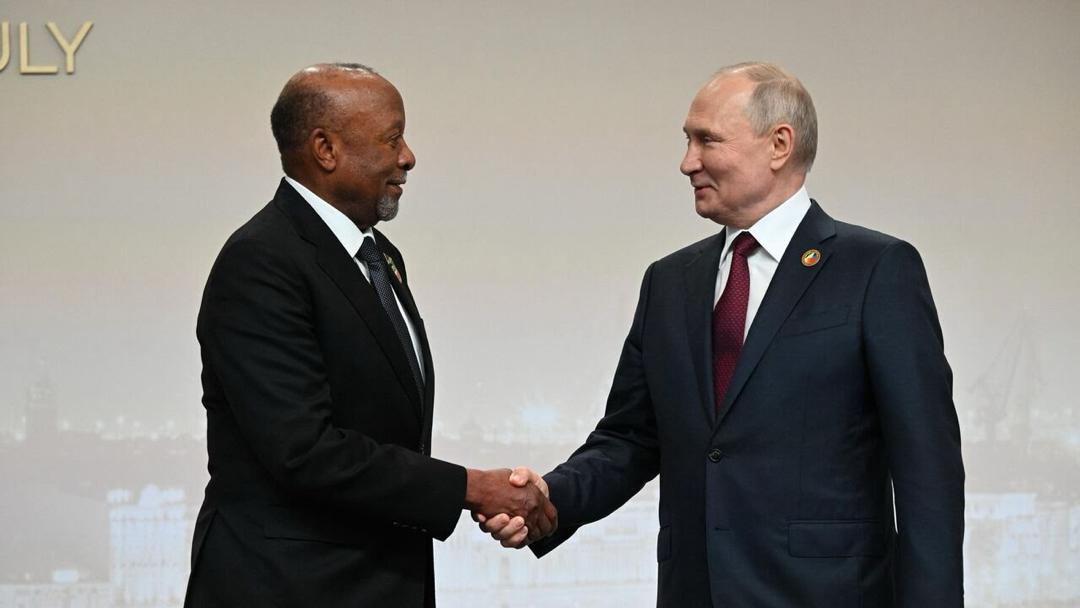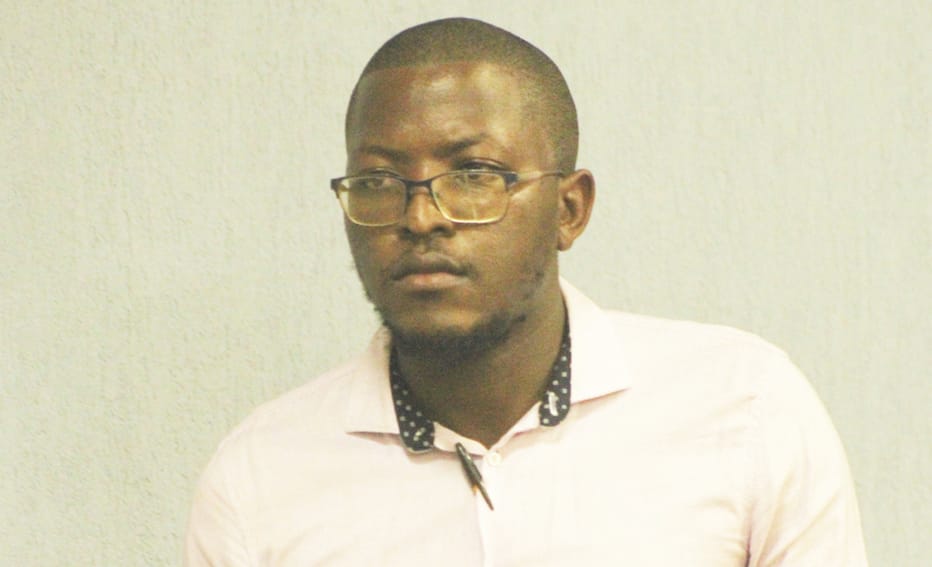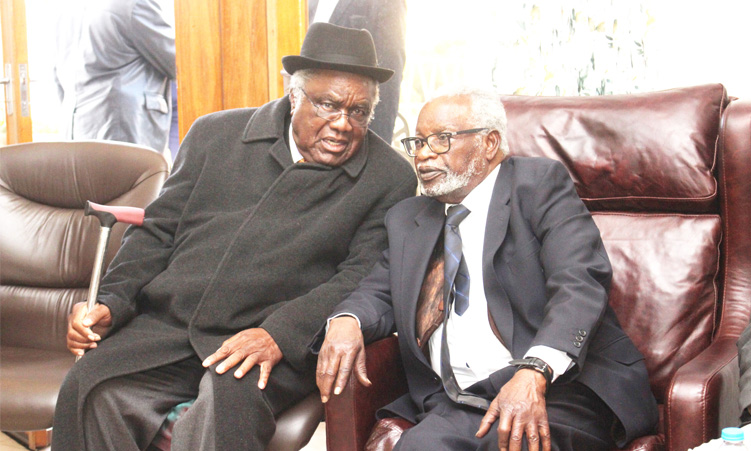January in Windhoek is a slow month for visual art but coupling contemporary Namibian explorations with gourmet doughnuts is the intergenerational and ensemble exhibition ‘We Will Be Free’ currently showing at Sweet Side of Thingz after its opening at Classic Framers in Makhanda, South Africa, last year.
Entering the minimalist but welcoming eatery out of the heat of Independence Avenue, patrons seeking Sweet Side’s’ signature Ferrero Rocher, milk tart, cookies and cream and Nutella doughnuts are also amid a visual response to music. In conversation with the mournful freedom song by Tschuku Tschuku featuring Nesindano Namises that gives the exhibition its name, ‘We Will Be Free’ is a selection of photographs, prints, collage, textiles, mixed media, painting and portraits.
As Tschuku Tschuku sings “someday, some way, we’re gonna be free,” the song, which considers Namibia’s complex colonial and apartheid history, also anticipates a better future.
Examining the creative responses to the music, it is clear that the idea of Namibia’s post-independence freedom is varied and vital. For photographer Namafu Amutse, it is the abandon of her brothers as they emerge from chrysalises to extend definitions of masculinity in a series by the sea.
Considering freedom as a reality still to be demanded, Elisia Nghidishange creates linoleum block prints in which her elongated and stylised figures are alternately silenced or shouting for liberty as she alludes to the high level corruption in the Namibian fishing industry that shocked and disheartened the nation.
Juxtaposing archival black and white images of a shooting range at Swakopmund with images of gay artists in history and in the present day, Anne Lacheiner-Kuhn suggests that the hypermasculine violence and discrimination of the apartheid and colonial regimes are akin to the escalating hate that LGBTQI+ people experience today as the local queer community continues in the pursuit of social and economic freedom and equality. In two soft and serene portraits titled ‘Free’ and ‘Peace’, photographer Rachel Sakeus interrogates the binaries that often stifle the freedom of individuality while abstract portraits by Jakobina Gideon dig deep into the sometimes hopeful, often turbulent state of being.
Marrying myth and the aftermath of hard-won freedom, Ndinomholo Ndilula presents The Komesho Art Series in which toy soldiers signify their real life counterparts contending with the memories, trauma and purpose-seeking that is existing after war. The reverberations of conflict are also captured by the late Tony Figueira whose photographs, curated by his daughter Gina, depict the joyous and everyday echoes of Namibia’s liberation struggle as bars, hair salons and murals are named for peace and unity or declare “Viva Namibia”. With Maria Mbereshu’s abstract textiles expounding her personal definition of freedom, Petrus Amuthenu’s linoleum block prints unshackling self-expression and Fillipus Sheehama employing Uukwambi symbolism to root ideas of freedom in indigenous culture, ‘We Will Be Free’ offers diverse understanding and analysis of what it means to be free, both personally and politically.
Also featuring the painted roads and communication towers that speak to the freedom of movement, connection, messaging, belief and love by Nicky Marais, as well as Vilho Nuumbala’s ‘Transcend(a)nce’ in which a woman dances, ostensibly to “shake off the shackles of repression, fuel the soul, uncage the mind”, the exhibition is an eclectic and contemplative curatorial collaboration between StArt Art Gallery and Nashilongweshipwe Mushaandja.
-martha@namibian.com.na; Martha Mukaiwa on Twitter and Instagram; marthamukaiwa.com
Stay informed with The Namibian – your source for credible journalism. Get in-depth reporting and opinions for
only N$85 a month. Invest in journalism, invest in democracy –
Subscribe Now!










